A Magical New Age for Saga
By Ian Birdwell
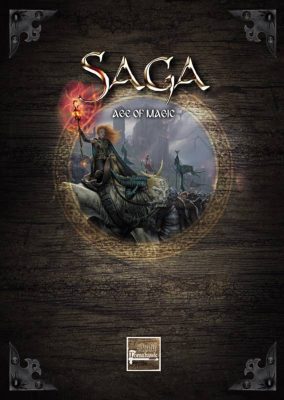 Having been a relatively recent convert to , getting into it at the start of Version 2, I was ecstatic for the publication of Saga’s Age of Magic Universe. Essentially, Age of Magic opens the doors for players to explore any fantasy universe they’d like with any forces they’d like using the already existing Saga rulebook (which already has two existing historical universes for Viking and Crusades periods).
Having been a relatively recent convert to , getting into it at the start of Version 2, I was ecstatic for the publication of Saga’s Age of Magic Universe. Essentially, Age of Magic opens the doors for players to explore any fantasy universe they’d like with any forces they’d like using the already existing Saga rulebook (which already has two existing historical universes for Viking and Crusades periods).
To me, a refugee of the Old World and not thrilled with Age of Sigmar as a warband sized game, Age of Magic was almost exactly a dream came true.
I know I’m terribly excited about this new Saga Universe, but I’ll contain myself for now to an overview of the main rulebook.
The main Age of Magic rulebook is divided into three sections, the introduction of new rules specific to this Saga Universe, descriptions of the various factions, and the grimoire of magic. So we’ll take a look along those lines.
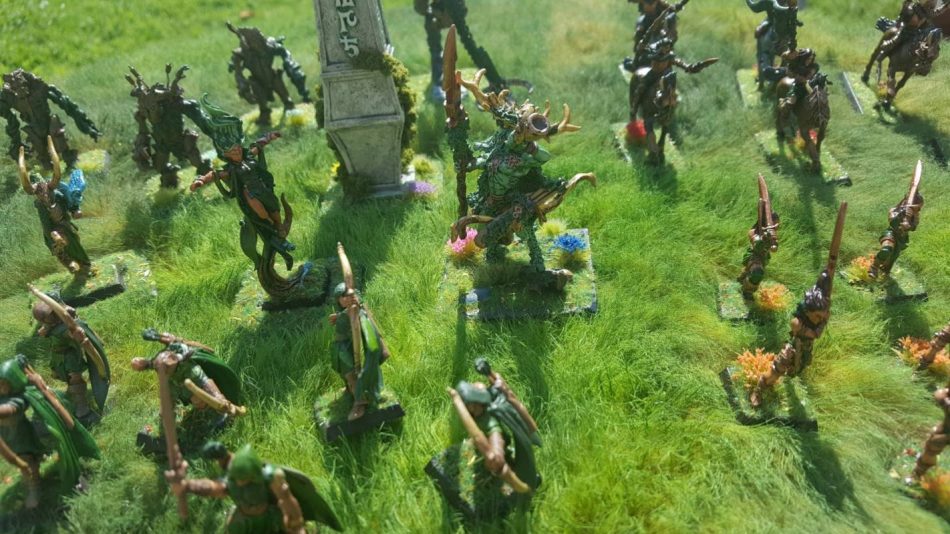
For the Age of Magic, there are several new rules and units which help to define the universe and set the stage for fantasy elements.
Initially, this section describes the various new units included with Age of Magic which includes heroes like Lieutenants and Sorcerers, giant beasties like Monsters and Creatures, and Warmachines.
Importantly though, this hefty section includes all of the information related to new special rules. I found myself flipping through it in games more than once just to double check rules. I’d really advise going through it at least twice before playing games just to be just you’ve got everything square. I’ve found myself leaving my book open to this section to help it all make sense in the game.
The rules off greatest impact, I’ve found, have been Presence, Flight, and Primitive (we’ll discuss magic in the third section). Respectively these units allow your unit to count as four models during the game for taking objectives, have amazing movement rules to get about the board quickly, and limits your ability to benefit from advanced Saga abilities.
These new rules coalesce around the introduction of new units into Saga, particularly creatures and monsters. Creatures represent something larger than people but smaller than large monsters (with the three types being bipeds, quadrupeds, and flyers), importantly they are not primitive so they can benefit from all of the abilities and have a whopping number of attacks. Monsters are where the aforementioned abilities really come out, there are three types the Behemoth, the Titan, and the Scourge.
The best way to discuss the aforementioned rules is to look at the Scourge. A flier with a breath weapon, Flight enables the Scourge to quickly move across the battlefield (maneuvering allows it to land ANYWHERE on the board so long as its outside of 12 inches of enemies). Though you can’t allocate advanced abilities to the Scourge, this maneuverability coupled with counting as multiple figures makes it easily able to help secure objectives deep behind enemy lines not to mention engage your opponent’s back line.
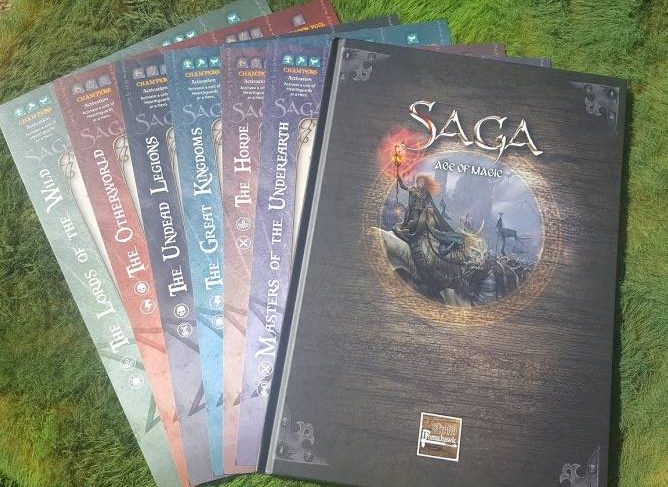
In terms of factions, the Age of Magic breaks down into its factions into six broad tropes present within fantasy; the Great Kingdoms, the Lords of the Wild, the Masters of Underneath, the Undead Legions, the Horde, and the Otherworld.
Though initially, it seems underwhelming compared to other fantasy games currently out there, each of these factions allows for a great degree of flexibility in determining what your army looks like, how it plays, and the lore which defines the army.
This flexibility is present in each faction with a host of equipment options, special units, and legendary warbands available to make your army your own. Furthermore, each faction receives special rules for their lieutenants and a specific piece of terrain for placement which provides a benefit of some kind to your force or harms your opponent in some way. Importantly, the game is completely model neutral though Gripping Beast has produced some very nice sets to accompany the release.
To better give an idea of how this all comes together let’s examine my army a little bit more in depth. The miniatures for my army are almost all Warhammer Fantasy Wood Elf models, with a dash of other manufacturers thrown in for good measure. I have a host of varying models in my 8-point warband ranging from warriors with bows to a mighty scourge. These were all models I’d feared I’d never get to play with again save for in games that were not the most popular in my area, but Age of Magic breathed new life into them.
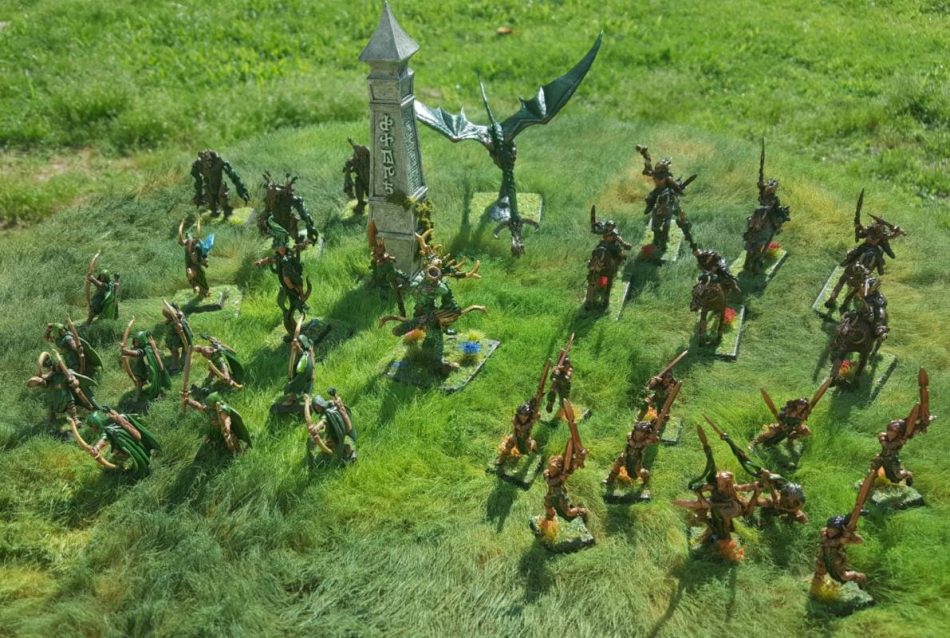
Eight Point Host of Athel Loren (Lords of the Wild Warband)
- 1 Warlord on Beast
- 1 Sorcerer
- 1 Lieutenant
- 6 Hearthguard
- 3 Creatures
- 10 Warriors with Bows
- 10 Warriors
- 1 Scourge
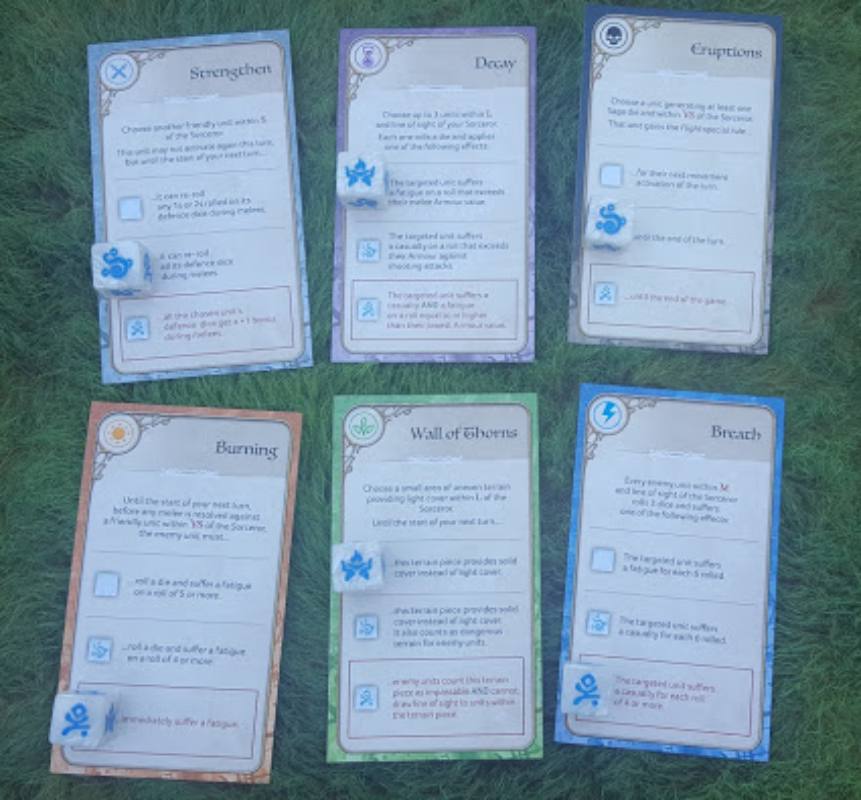
Magic
No fantasy game would be complete without a Magic system of some kind, and Age of Magic uses the dice mechanics which make Saga into a great game to apply to magic.
Magic plays by a few interesting rules, mostly related to targeting and who can cast it. The typical magic user would be a sorcerer who costs a single point, though the Otherworld can take an Archdemon capable of wielding magic and the Undead Legions can take a sorcerer instead of their Warlord. Importantly though, Sorcerers generate a magic die, rather than the traditional saga die, which can only be used to cast spells.
Spellcasting occurs once per turn per Sorcerer as a free activation. Since each Sorcerer can choose three spells there are plenty of choices to be had. Factions can only select spells from two of the six lores. Each lore has six spells apiece, and none of these spells are really game breaking. Think of them as add-ons to your battleboard; impactful but nearly impossible to win by taking only sorcerers.
Each warband automatically generates a single magic die, giving most Sorcerers two dice to make the magic happen. In terms of casting success, after you’ve chosen your spell roll the dice you’ve allocated to that spell and compare to the resulting spell card to see what level of effect you’ve achieved. If you choose the highest level, there is a chance of a miscast alongside the most powerful spell effect so choose wisely!
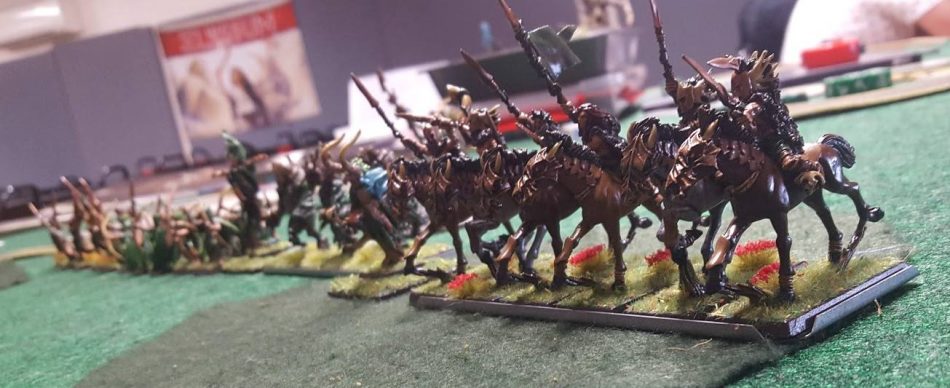
On a whole, I find Age of Magic takes a great skirmish game and turns it into a fantastic opportunity for gaming. Puns aside, I’ve played my fair share of fantasy games with various scales, both in terms of both battle and miniature size, and Saga: Age of Magic to me is a home-run. Playing it at my local game store got much more attention than any of the other Fantasy games I’d played in a very long while.
Several people in my local club are discussing dusting off old fantasy Miniatures. Some of the members are even buying new miniatures for warbands and has piqued the interest of my local shop’s employees.
While this article offers some highlights for Saga: Age of Magic, this is just scratching the surface of the system. I already have planned several forces which will likely make an appearance on No Dice No Glory, until then I look forward to discussing with you Saga: Age of Magic on our forums!
